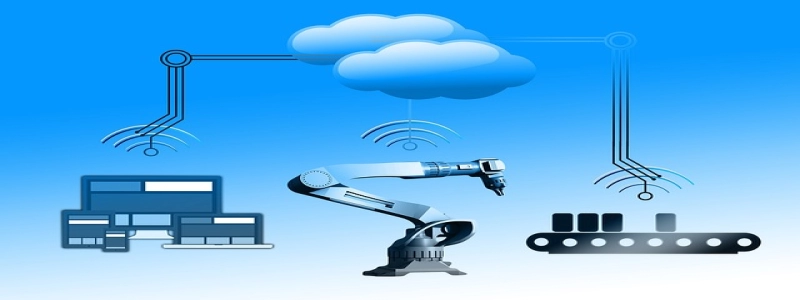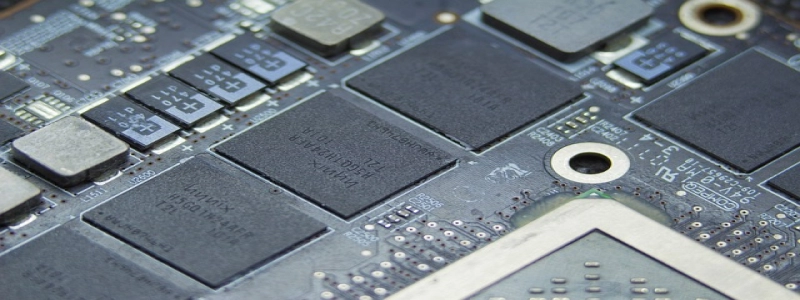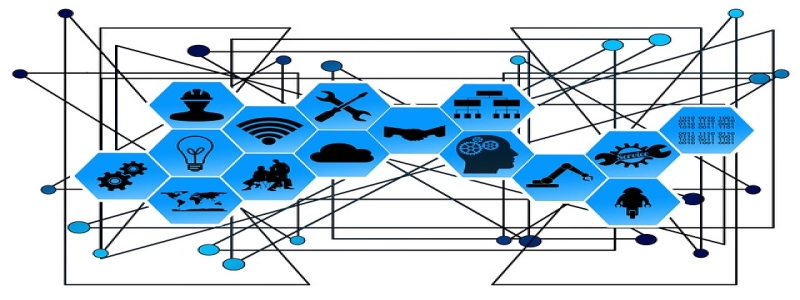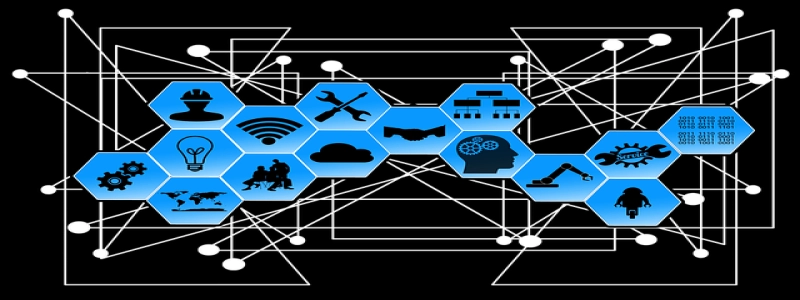Ethernet Cable Cat 6 vs Cat 8
Introduction:
In today’s digital age, reliable and fast internet connectivity is crucial for homes and businesses. Ethernet cables play a significant role in ensuring a stable and efficient network connection. When it comes to choosing the right cable, two popular options are Cat 6 and Cat 8 cables. This article will compare and contrast these two types, helping you make an informed decision for your networking needs.
I. Cat 6 Cable:
– Overview:
Cat 6 cables, also known as Category 6 cables, are widely used for Ethernet networking. They are designed to support data transfer rates of up to 10 gigabits per second (Gbps) over a distance of 55 meters. Cat 6 cables are backward compatible with earlier cable categories such as Cat 5 and Cat 5e.
– Benefits:
1. Speed: Cat 6 cables provide faster data transmission compared to older cables. This makes them ideal for demanding applications, such as video streaming and online gaming.
2. Interference Reduction: Cat 6 cables feature tighter twists and better insulation, reducing crosstalk and electromagnetic interference, resulting in improved signal quality.
3. Future-Proofing: While Cat 6 cables may not support the highest data transfer speeds, they are still suitable for most residential and small business needs.
II. Cat 8 Cable:
– Overview:
Cat 8 cables are the latest addition to the Ethernet cable family. They are designed to provide higher bandwidth and faster data transmission than Cat 6 cables. Cat 8 cables can support data transfer rates of up to 25 Gbps or even 40 Gbps over a distance of 30 meters.
– Benefits:
1. Speed: Cat 8 cables offer significantly higher data transfer speeds than Cat 6 cables. They are ideal for bandwidth-intensive applications such as data centers, server rooms, and large-scale enterprises.
2. Shielding: Cat 8 cables utilize individual shielding for each pair of wires, providing superior protection against external interference and ensuring reliable and stable connections.
3. Future-Proofing: Cat 8 cables are considered more future-proof than Cat 6 cables, as they have the potential to support even higher network speeds as technology advances.
III. Comparison:
– Speed: Cat 8 cables offer higher data transfer speeds compared to Cat 6 cables. This makes them suitable for specialized applications that require ultra-fast connectivity.
– Distance: Cat 6 cables can support data transfer over longer distances (55 meters) compared to Cat 8 cables (30 meters).
– Cost: Cat 8 cables are generally more expensive than Cat 6 cables due to their advanced technology and capabilities.
– Compatibility: Both Cat 6 and Cat 8 cables are backward compatible with earlier cable categories, but Cat 8 cables may require compatible hardware to achieve their full potential.
Conclusion:
Choosing between Cat 6 and Cat 8 cables depends on your specific networking requirements. If you need higher speeds and have a shorter distance to cover, then Cat 8 cables are a better choice. However, for most residential and small business applications, Cat 6 cables provide sufficient speed and reliability at a lower cost. It’s essential to consider your current and future needs before selecting the appropriate Ethernet cable for your networking setup.








